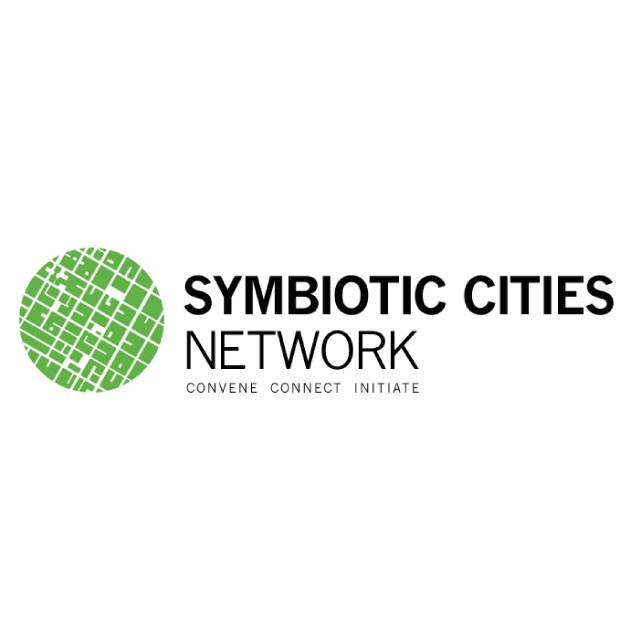Urban Transformations: Designing the Symbiotic City
Call for projects organizer
Description
The Need for TransformationOver the next 25 years, cities, and the ecosystems of which they are an integral part, face enormous challenges. The combined and interacting forces of climate change, fossil fuel depletion, deforestation, collapsing fisheries, and exponential human population growth will create unprecedented challenges for humanity, and the ecological carrying capacity of our planet. As MIT Professor John Sterman describes in his paper, Sustaining Sustainability: Creating a Systems Science in a Fragmented Academy and Polarized World, these changes will occur in parallel with a growing inability of existing municipal infrastructure systems to keep up with increasing demands for electricity, potable water, and human waste processing.
Rising to the Challenge
We believe that success in meeting these challenges will have two important dimensions. First, success will require the transformation and redevelopment of existing physical and social infrastructure systems to meet the new and increasing demands of the future. Second, success will require the transformation of both our economic and political systems in order not only to reduce the harm that our species is now causing our planet’s natural ecosystems, but to facilitate the regeneration of these ecosystems.
Definition of a Symbiotic City
"A Symbiotic City has mutually beneficial relationships with its macro and micro ecosystems. It produces ecosystem services that are equal or greater than its net use of those services. The transition to a symbiotic city requires a cultural and economic recognition that we are embedded in and dependent upon our ecosystems. A symbiotic city enhances the natural environment, sustainable economic activity, and quality of life."
The Purpose
We have developed the SymbioticCities International Design Ideas Competition with three purposes in mind:
First: To generate critical thinking and discussion about the problems facing cities in a climate-changing world, and the changes required to transform the built environment to meet these challenges.
Second: To challenge participants to develop creative and inspiring planning and design concepts that will help our species move in the direction of a more symbiotic relationship with our planet’s natural systems.
Third: To connect like-minded individuals around the world who are passionate about positively transforming cities, and provide a platform for them to explore how they might transform their own cities into regenerative symbiotic cities.
Jury
Co-moderator of SymbioticCities.net and Architect and Principal at DIALOG, Toronto, Canada.
Director of Planning and Urban Design at the Harvard Graduate School of Design, Boston, USA .
andscape Architect at Scott Torrance Landscape Architect, Toronto, Canada.
Executive Director and Co-founder at One Earth, British Columbia, Canada [was not able to participate].
Climate Energy Director at the World Future Council, Hamburg, Germany [was not able to participate].
Co-Director of Extraenvironmentalist.com, UBC Institute for Resources, Environment & Sustainability, Vancouver, Canada.
Executive Director at Community Forests International, Pemba, Tanzania.
Program Coordinator at Catalyst Community Development Society, Vancouver, Canada.







